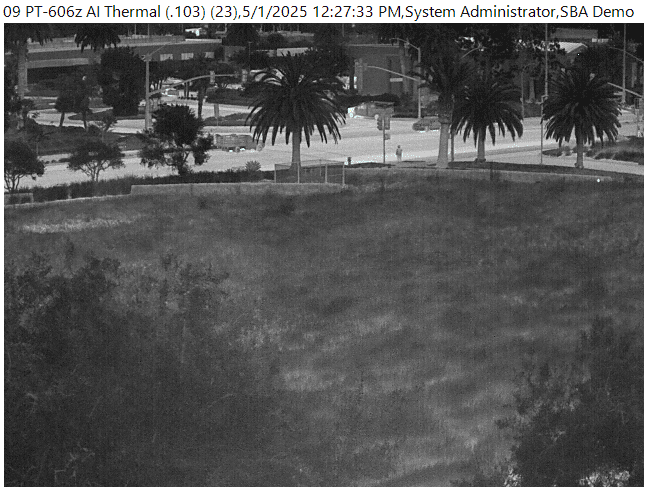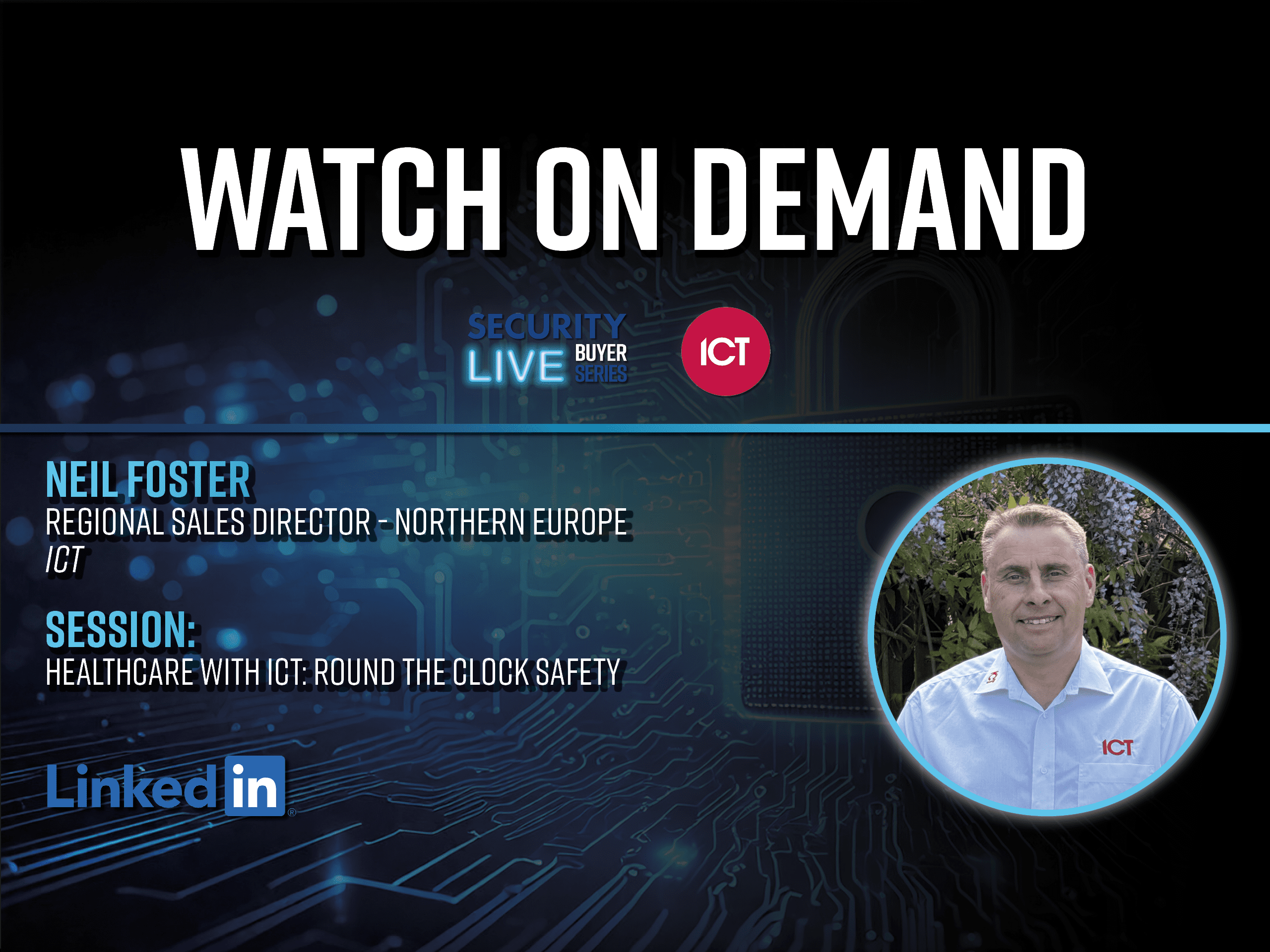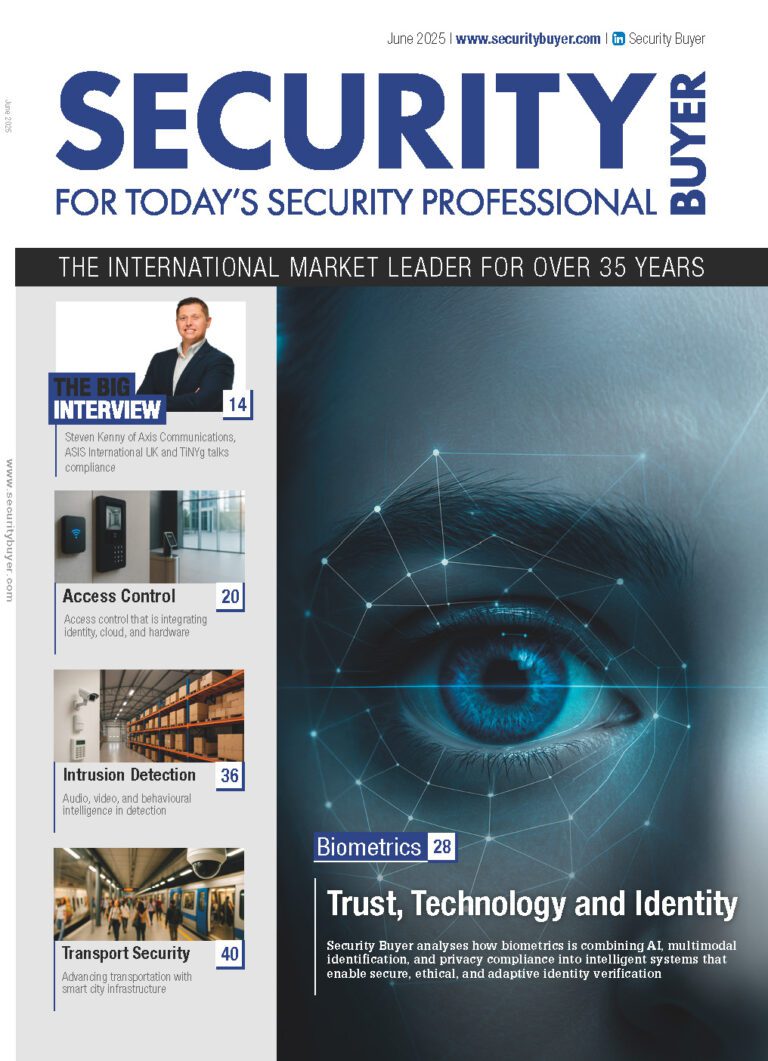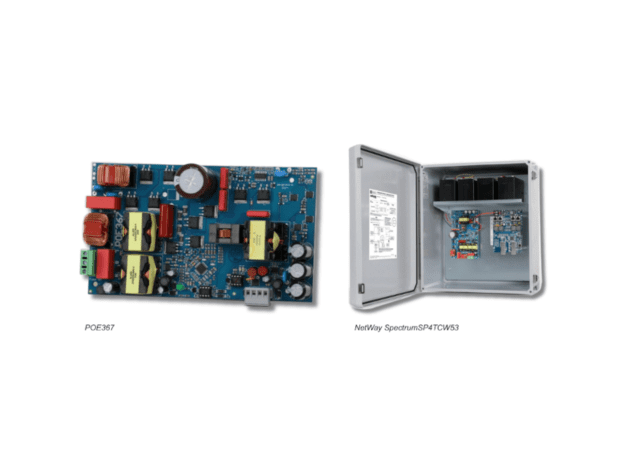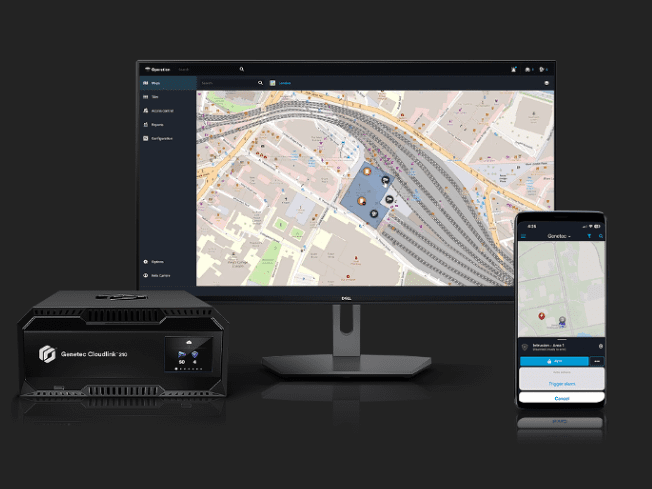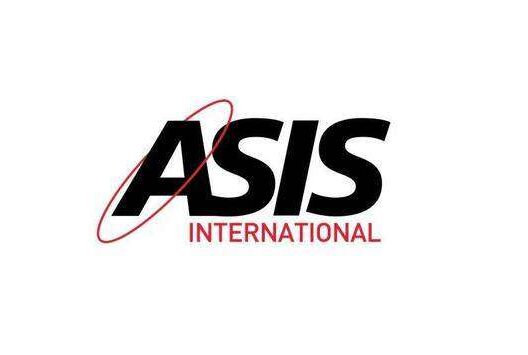Gaurav Mohan, VP of SAARC & Middle East at NETSCOUT presents ‘securing the future of 5G networks in the MEA region’.
The landscape of 5G technology in the Middle East and Africa (MEA) region is evolving rapidly, with impressive growth in the number of 5G users. According to the Telegeography report, the MEA region is currently home to a substantial 31.4 million 5G users, with Saudi Arabia leading the market with over 11.2 million subscriptions by the end of the previous year. As per the Ericsson Mobility Report, 5G mobile subscriptions in the GCC are projected to reach 71 million by the end of 2028, highlighting the region’s immense potential in the 5G arena.
However, with this immense potential comes an equally pressing need to address the challenges posed by the distributed nature of 5G networks. Open radio access networks (RAN), virtualised radio access networks (vRAN), and multi-access computing (MEC) are paving the way for the creation of highly-distributed 5G networks that cater to a wide array of applications. These applications, ranging from robotics to remote surgery and self-driving cars, demand ultra-low latency, high bandwidth, ultra-reliability, and greater device density.
One major concern that arises with the implementation of new technology is the potential for network glitches, transient service degradation, or even outright failures. Given the critical nature of these applications, the stakes have never been higher. A single failure or security breach in the network could have severe consequences for businesses and industries that have come to rely on 5G infrastructure.
5G Security is a Top Priority
In light of this, safeguarding the health and security of 5G networks becomes a top priority. 5G networks, particularly RAN or mobile network edge, act as lifelines for these new applications, housing critical application intelligence and data. Monitoring the performance of carrier systems becomes vital to the smooth functioning of the applications relying on them.
To use a medical analogy, the RAN is akin to a critical care patient, requiring constant care and monitoring. Traditional assurance and security tools, which were originally designed for centralised data centers, are not equipped to handle the complexities of cloudified networks distributed to the network’s edge. As the 5G RAN becomes more disaggregated into component pieces like the Radio Unit (RU), Control Unit (CU), Distribution Unit (DU), and others, maintaining seamless operation across these diverse, cloud-based components presents significant challenges.
Ensuring the interoperation of microservices and software components at a nationwide scale demands rigorous testing and certification. Automation holds promise for the operation of cloudified networks, but it cannot replace the practical experience of network engineers built over decades. The convergence of these approaches and the inclusion of greater end-to-end visibility are critical to maintaining a reliable service.
The region’s ambition to embrace 5G technology comes with cybersecurity implications as well. Placing disaggregated network elements into the cloud expands the attack surface for potential hackers. Additionally, relying on network components from multiple vendors via vRAN may expose carriers to vulnerabilities arising from uneven and poorly connected security measures.
The reality of cybersecurity threats is not mere speculation. A 2022 survey by Nokia and GlobalData revealed that 75% of communication service providers experienced up to six security breaches of 5G networks within a year, often coinciding with service outages. Researchers have also demonstrated that configuration errors and device vulnerabilities could enable attackers to move laterally across 5G network slices.
Read more exclusives and news in our latest issue here.
Never miss a story… Follow us on:
LinkedIn: Security Buyer
Twitter: @SecurityBuyer
Facebook: @Secbuyer
Media Contact
Rebecca Morpeth Spayne,
Managing Editor, Security Portfolio
Tel: +44 (0) 1622 823 922
Email: [email protected]




